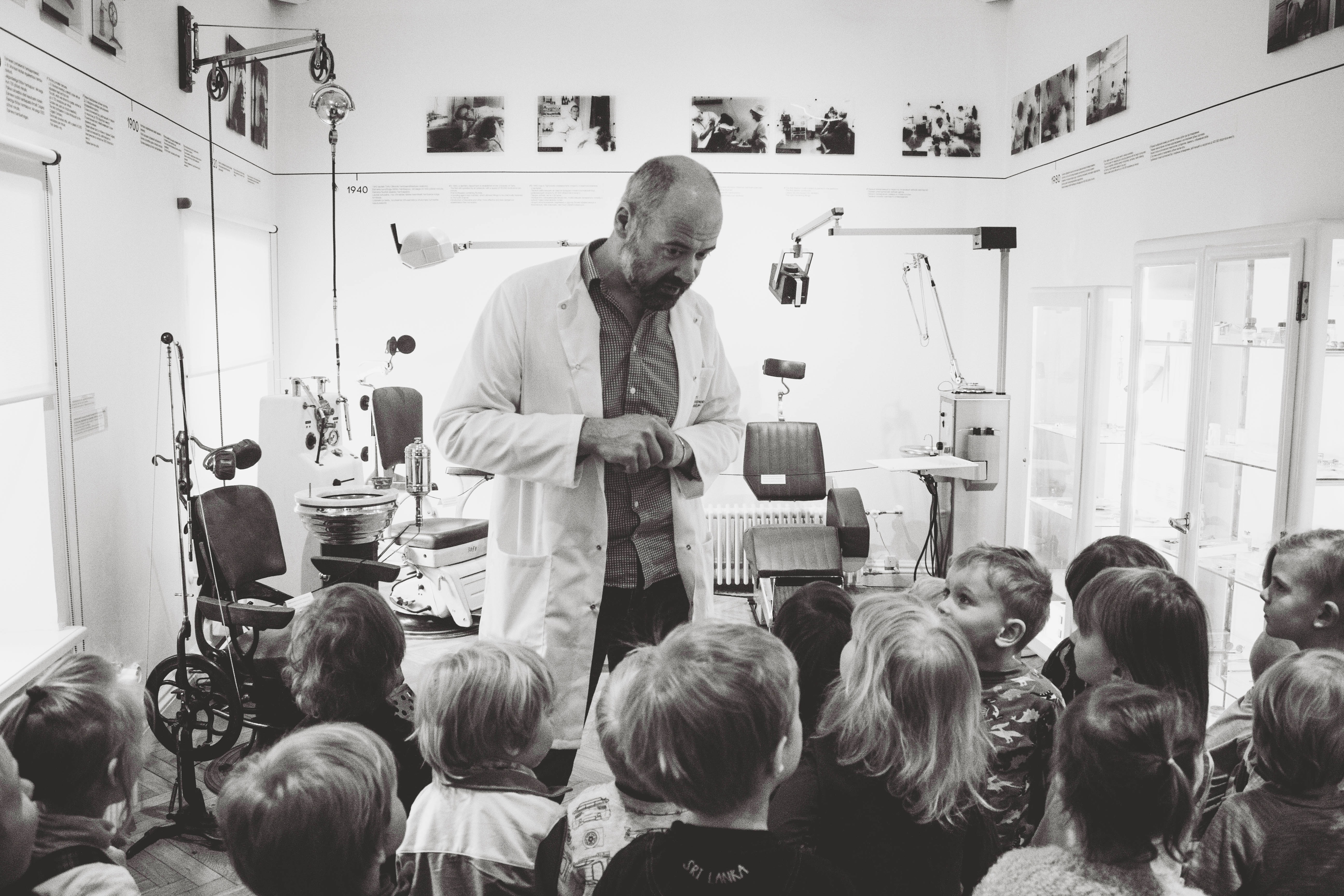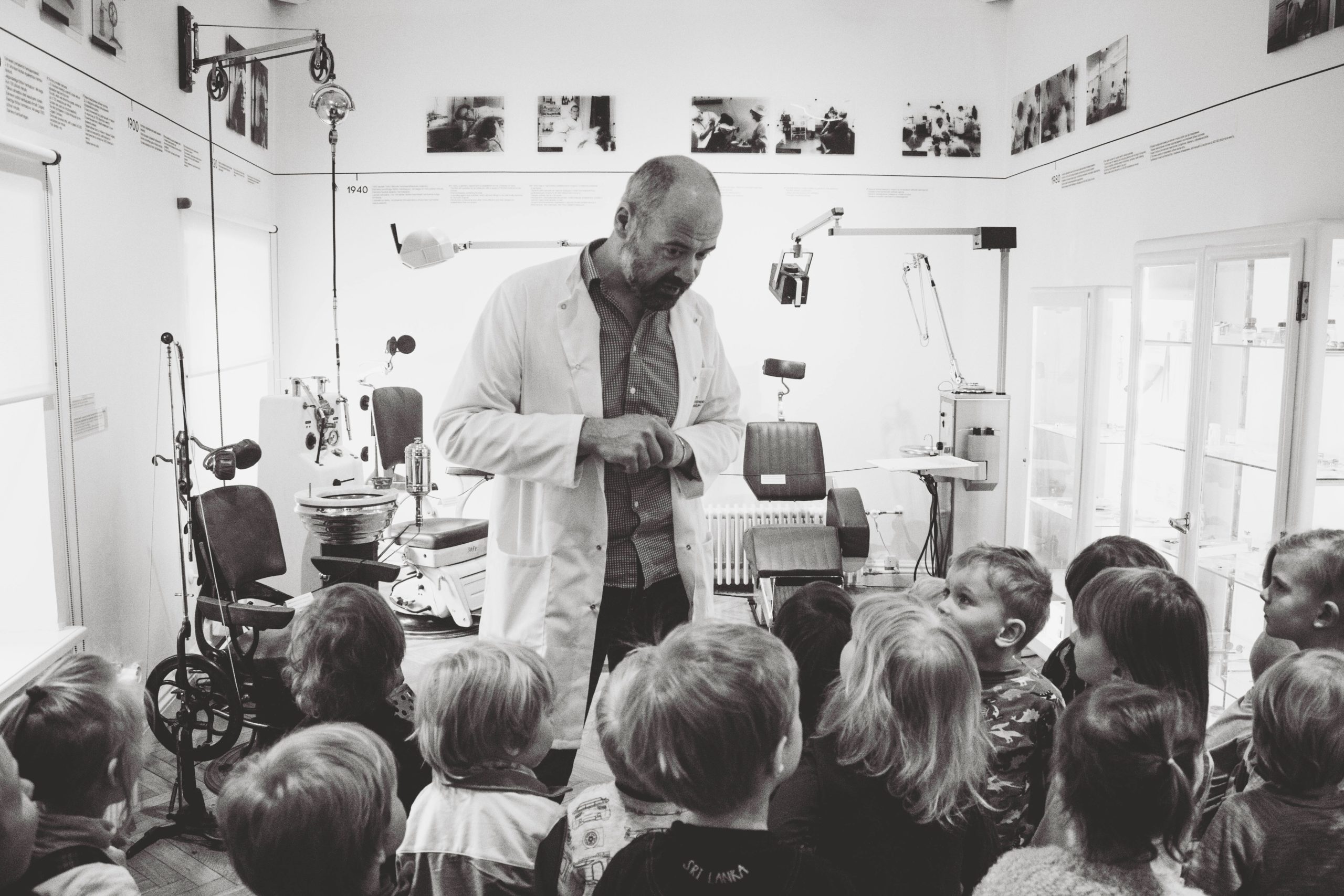 Lice are irritating, blood-sucking pests that are all-too-common. Unfortunately, lice can easily spread through schools and day-care settings because of the close physical contact. Lice outbreaks tend to peak shortly after the start of the school year. Lice can affect individuals of all social and economic backgrounds, and while they are often associated with disease, such as the bubonic plague that struck Europe in the mid-1300s, lice typically do not spread disease in the United States.
Lice are irritating, blood-sucking pests that are all-too-common. Unfortunately, lice can easily spread through schools and day-care settings because of the close physical contact. Lice outbreaks tend to peak shortly after the start of the school year. Lice can affect individuals of all social and economic backgrounds, and while they are often associated with disease, such as the bubonic plague that struck Europe in the mid-1300s, lice typically do not spread disease in the United States.
Lice are insects that live on the human body and feed from time-to-time. Lice are quite specialized, and separate kinds of lice can infest the head (Pediculus humanus capitis, or “head lice”), body (Pediculus humanus corporis, called “body lice” or “cooties”) or pubis (Phthirus pubis, called “pubic lice” or “crabs”).
Head lice live on the human scalp and are most easily identified by the presence of eggs (called “nits”) close to the skin on the back of the neck. Nits are light colored grey or beige and only about 1mm in diameter. The newly hatched louse feeds within 24 hours and reaches maturity within 9 days. Without intervention, lice continue to multiply and spread to your (potentially former) friends.
There are two common questions about head lice. The second most common question is where do they come from and how does one get lice. Lice are spread by close personal contact; you get lice from someone who has lice. Lice can also be spread through personal hair items, such as combs, brushes or headware. The lice that infest humans are specific to us; you cannot get lice from your dog, nor can you share your lice with your pets.
The MOST common question is how to get rid of head lice. Fortunately, there are several effective nonprescription pediculocides, the name for drugs to kill lice.
Pyrethrins are insecticides that block nerve transmission in lice, which results in their paralysis and death. Pyrethrins are combined with another drug – piperonyl butoxide – to enhance their effects. These combinations are available as shampoos, foams, solutions or gels and are left in the hair and on the scalp for ten minutes before rinsing them off. The process can be repeated to 7-10 days later to kill any additional lice which might have hatched.
Permethrin is a synthetic pyrethroid that is formulated as a cream rinse applied after shampooing. Permethrin also paralyzes and kills lice. The advantage of permethrin is that it has residual effects for up to 10 days – long enough to kill any lice that might hatch in the meantime. This allows a single use of permethrin to be more effective than a single application of pyrethrin/piperonyl butoxide.
Years ago, my youngest daughter suffered with head lice throughout second grade. We’d get rid of them over every school break only to have her catch them again once she returned to school. One thing we worried about was her exposure to insecticides in nonprescription lice treatments. At the present time, there are also lice that can be resistant to insecticides. Thankfully, there are now several newer lice treatments that are effective and absolutely nontoxic-to-humans. These can allow parents to treat lice pre-emptively.
Tea Tree Oil (10%) with Lavender (1%) can be applied weekly for three weeks and appears to be at least as effective as the insecticides.
Dimethicone 100% Gel (LiceMD®) coats lice and irreversibly immobilizes them within 5 minutes of application. You apply the product on dry hair, leave it on for ten minutes, and comb out the lice and nits using the included nit comb. Dimethicone it is also less irritating than traditional therapies.
Homeopathic products (LiceFree!® or Vamousse®) for lice contain high concentrations of sodium chloride (table salt) that kill lice by drawing the moisture from their little lice bodies. These products are left on for 15 minutes before rinsing and combing.
Combing out lice and their nits is an important part of lice prevention. If you’ve ever heard the 1902 song “Won’t you come home, Bill Bailey”, his wife kicked him out “with nothing but a fine tooth comb”; poor Bill had head lice and needed to get rid of them before he’d be welcomed back. Fine tooth nit combs are used to remove lice and their eggs to prevent re-infestation. Most lice products will come with a comb. There are even electric combs that give a “bzzzt” as they electrocute the pests.
There are other things you can do to minimize lice and their transmission. Vacuuming is recommended in areas that might contain lice. Heat and dryness are deadly to lice, so laundering sheets and clothing in hot water followed by thorough drying on the hottest setting will kill any lice that are present.
Lice are disgusting. If you need someone to discuss this topic, think of your community pharmacist. Many pharmacists can help you identify lice. Pharmacists can also help you choose an effective remedy to treat a lice infestation. Pharmacists love helping patients get rid of lice. Take good care of yourself.
Resources
National Pediculosis Association
Centers for Disease Control – Head Lice
https://www.cdc.gov/parasites/lice/head/index.html












